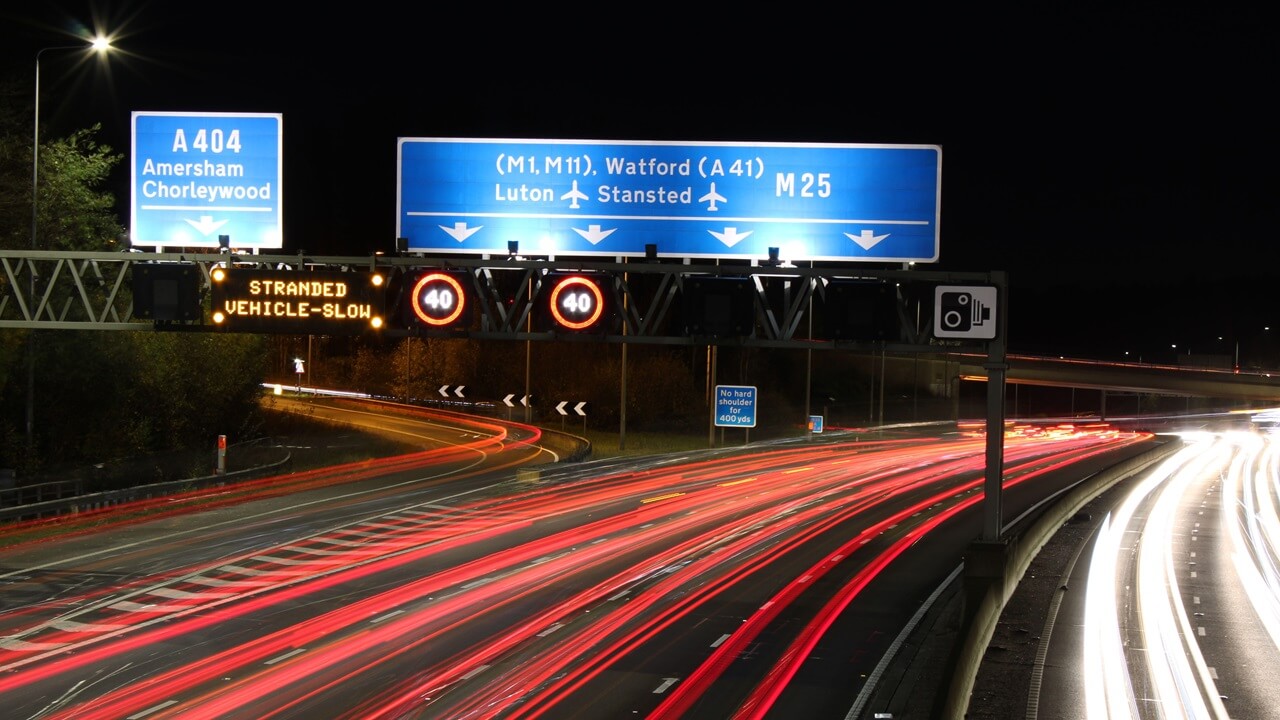How AI is Improving Highway Safety
Everybody wants safer roads. Artificial intelligence (AI), with its impressive capacity to analyze real-time, situational data to generate insights, is ready to assist in achieving this goal.

AI is becoming a crucial technology for improving road safety.
The pursuit of accident-free roads has been ongoing for over a century, with limited success. However, many automotive experts now believe AI is positioned to become the most important road safety technology of the 21st century. The need for safer roads has never been more urgent. According to the World Health Organization (WHO), approximately 1.9 million people die annually as a result of road traffic crashes.
Furthermore, over half of all road traffic deaths involve vulnerable road users, including pedestrians, cyclists, and motorcyclists.
Help on Wheels
AI’s potential resides in its ability to sift through vast amounts of data – numeric, textual, and visual – to identify patterns that enhance the capabilities of today’s active safety and intelligent transportation systems, notes Bryan Reimer, founder and co-director of the MIT Advanced Vehicle Technology Consortium. In an email interview, Reimer explains that AI can provide insights that can’t be obtained through traditional statistical methods.
By analyzing data from vehicle sensors, cameras, and historical traffic patterns, AI can proactively alert drivers to potential hazards such as sudden stops, adverse weather, and other risky conditions, says Peter Mitchell, general manager at Verizon Connect vehicle tracking system. In an online interview, Mitchell notes AI-powered analytics can identify risky behaviors, such as harsh braking or rapid acceleration, before they lead to incidents. “With predictive insights and real-time data, AI empowers drivers and fleet operators, enabling proactive, safety-focused decisions across the fleet,” Mitchell states.
AI is also capable of detecting driving events and risks in real time, such as red lights and pedestrians, as well as driver-related issues, including distracted behavior or a sudden medical emergency, says Stefan Heck, CEO of Nauto, a firm that uses predictive AI technology to help prevent commercial fleet accidents. In an online interview, Heck states that AI can alert a driver to an impending collision, to get off the phone, or to take direct action, such as applying the brakes or pulling the vehicle to the side of the road.
Accelerating Capabilities
Rapidly advancing AI technology is accelerating road detection capabilities and speeding up the processing of ever-larger amounts of data at higher reliability rates. “Synthesized data is then fed into AI-based decision systems that outperform systems that were state-of-the-art just a few years ago,” Reimer says.
Heck notes that current AI technology can actually prevent collisions and injuries. “AI can look at risks emerging three to five seconds in the future and intervene, either via a driver warning or direct active safety systems such as braking, to avoid the collisions.”
In the Driver’s Seat
AI is already in use throughout the automotive and transportation ecosystem. “Its use cases include basic vehicle sensing, intelligent traffic control systems, and vehicle control systems,” Reimer says. “The impact of these systems ranges from improving route planning via mapping applications to supporting highly automated driving.”
AI-powered safety technologies are especially valuable in areas with heavy traffic and high risks, such as cities, construction zones, and logistics hubs, Mitchell points out. Mitchell notes that next-generation dashcams, leveraging advanced AI and edge computing, will continuously analyze live video, detect risky driving patterns, and provide real-time hazard notifications. “This technology is particularly beneficial in industries that rely heavily on fleets, such as transportation, shipping, and logistics, where it can boost driver safety and efficiency,” Mitchell observes. “We’re seeing widespread adoption among commercial fleets, public transit systems, and rideshare platforms, where deep learning models, developed with millions of data points and partnerships with leading universities, enable precise object detection and real-time feedback to enhance road safety.”
Heck notes that AI-powered safety technologies are already appearing in many high-end vehicles and will soon spread to mainstream models. “Europe is now mandating safety systems, many of which are powered by AI, including pedestrian collision warning and detecting driver distraction.”
Saving Lives
The U.S. Federal Highway Administration reports that each year, over 6,000 pedestrian and 850 bicyclist deaths are caused by roadway crashes. “AI is already being used to help reduce the number of traffic-related fatalities and injuries through technologies like pedestrian automated emergency braking and smart signaling,” Reimer says. He adds that AI often works behind the scenes, hidden from the consumer’s view, providing the delivery of transportation solutions designed to improve safety, sustainability, cost-efficiency, convenience, and comfort.
Heck observes that many people believe there will be a precise “moment” when AI suddenly manifests in the form of fully autonomous vehicles. However, he disagrees. “Instead, we’re likely to see gradually increasing use of AI in vehicles for safety,” Heck says, “Similar to how AI is gradually appearing in phones, first as fingerprint readers, then face detection, language assistance, and photo editing, we will see a gradual transformation of vehicle AI over the next decade or two.”


